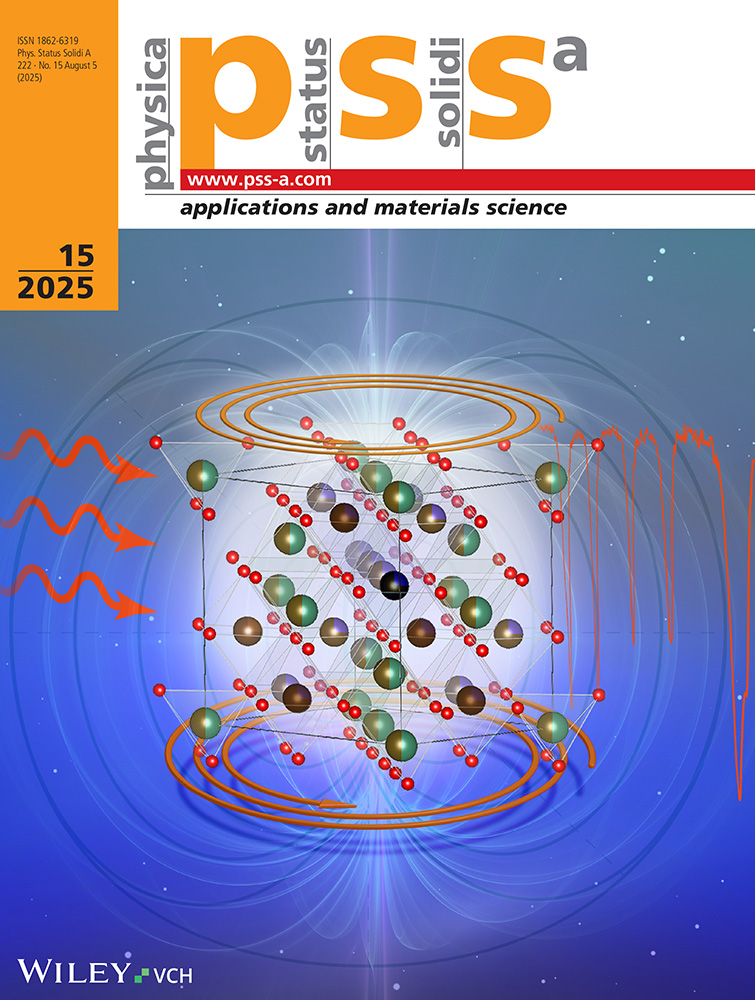Spectroscopic Studies of Iron Niobophosphate Glasses
Abstract
We investigated iron niobophosphate glasses [0.1Nb2O5 · 0.4P2O5 · 0.5Li2O]yFe2O3(y = 0, 0.1, 0.2, 0.3, 0.4, 0.5) prepared in ambient atmosphere using the melt quenching technique. The samples were studied using X-ray powder diffraction, 57Fe Mössbauer and infrared spectroscopy, in order to investigate the effect of the increasing concentration of α-Fe2O3 in the glass matrix. According to Mössbauer results high spin Fe3+ and high spin Fe2+ at distorted octahedral sites are present in all samples. The distortion of the Fe3+ and Fe2+ ions sites increases from low (y = 0.1) to high (y = 0.3) iron content samples. The measurements of the infrared absorption, X-ray powder diffraction and Mössbauer spectroscopy also indicate that LiFePO4 and α-Fe2O3 crystalline phases are present for high iron content samples (y = 0.4, 0.5). The limit of solubility of α-Fe2O3 in these glasses is around 23 mol%.




